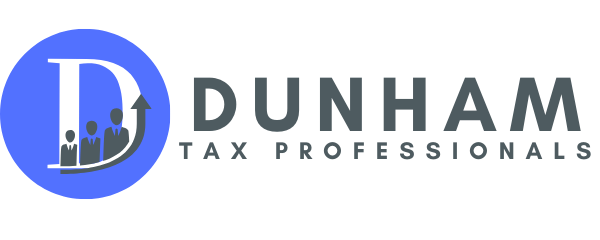
Succession Planning in Trucking: Your Guide to a Smooth Transition and Future Security
The Road Ahead – Are You Prepared?
For many trucking owner-operators, the business is not just a source of income; it’s a legacy. As you drive down the roads hauling goods, have you ever thought about what will happen to your trucking business when you’re ready to retire or if unforeseen circumstances take you out of the equation? Succession planning is the roadmap for these inevitable events, and this guide aims to navigate you through it.
The Importance of Early Succession Planning
The earlier you start thinking about succession planning, the more options you’ll have for a smooth and profitable transition. Whether you’re considering transferring ownership to a family member, selling the business, or other exit strategies, preparation is key.
Strategy 1: Transferring to a Family Member
Considerations:
- Willingness and Capability: Ensure the family member is both willing and capable of taking over.
- Tax Implications: Transferring a business within a family can have tax benefits or consequences.
Steps to Implement:
- Initial Discussions: Have open and honest conversations with family members.
- Skill Transfer and Training: Allow ample time for training and handover of operations.
- Legal Formalities: Make it official through proper legal channels.
Strategy 2: Selling Your Business
Considerations:
- Valuation: You need to have an accurate valuation of your business.
- Market Timing: The best time to sell could depend on market conditions.
Steps to Implement:
- Valuation: Hire experts to properly value your business.
- Marketing: List your business in industry-specific platforms and consider hiring a broker.
- Due Diligence: Vet potential buyers carefully.
Strategy 3: Strategic Partnerships or Mergers
Considerations:
- Compatibility: Make sure business cultures and operational styles align.
- Terms and Conditions: Understand the full scope of the partnership or merger.
Steps to Implement:
- Research: Investigate potential partners for financial stability and reputation.
- Negotiation: Work out terms that are favorable and protect your interests.
- Legal Closure: Consult with lawyers to draw up binding agreements.
Strategy 4: Liquidation
Considerations:
- Last Resort: This is generally an option if the business is not viable for sale or transfer.
- Asset Management: Efficiently manage assets for maximum returns during liquidation.
Steps to Implement:
- Inventory: Make a list of all assets.
- Valuation: Determine the market value for the assets.
- Auction or Sale: Dispose of assets in a manner that maximizes returns.
It’s Never Too Early to Plan
Life is unpredictable, but your business’s future doesn’t have to be. With a solid succession plan, you not only protect your legacy but also ensure the continued growth and success of your trucking business. Whether you are just starting out or already have a thriving business, now is the time to think about succession planning.
With thoughtful planning and careful implementation, you can steer your trucking business toward a secure and prosperous future. Whether passing the torch to a family member or merging with a larger entity, there are multiple paths to ensure that the business you worked hard to build continues to thrive. Stay tuned for more expert tips and strategies tailored for trucking owner-operators.





